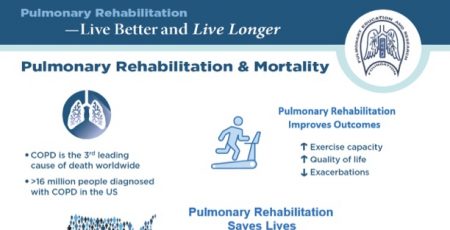
09 Jul Portable Oxygen Concentrators (POCs)
Portable oxygen concentrators (POCs) offer many advantages for persons needing oxygen. Like most technology, understanding a device’s use and limitations is essential for effectiveness and safety. Manufacturers may not uniformly provide detailed device information, which may limit informed clinician prescribing as well as user knowledge and preparedness. Below are considerations that may help prospective and current users get the most out of POCs. The following information is not a substitute for your provider’s care and recommendations.
POCs offer benefits as well as limitations. Favorable device features include:
- Less dependence on durable medical equipment companies (DMEs) for oxygen delivery
- Lightweight devices may support activities outside of the home
- Improved potential for independence with travel including air travel
POCs have important limitations that require caution. There are important but poorly understood or unknown aspects of POC technology. Some challenges include:
- Smaller, lighter units produce a limited amount of oxygen (often 1 liter per minute or less), and less than larger units
- POCs generally rely on “pulsed dose” oxygen delivery, providing oxygen only during parts of the breath (generally at the beginning of inspiration)
- Devices using pulse dose (vs. continuous flow) are not a suitable substitute for continuous flow oxygen during sleep, for use with devices to treat sleep-disordered breathing (e.g., CPAP or bi-level), or with an Oxymizer cannula (unless the POC device has continuous flow setting, e.g., SimplyGo or Sequal Eclipse)
- POCs are expensive and may not be covered by insurance or provided by DMEs
A few important words of caution: While using pulse dose devices, an increase in respiratory rate such as occurs with exercise, results in lower oxygen pulse volume per breath, especially if the pulse setting is not increased to compensate for increased respiratory rate. This may result in lower oxygen saturation levels in your blood during exercise. Further, POC’s oxygen pulse-dose settings do not correspond to continuous ‘liters/minute’ flow rates prescribed by most providers. Users need to check oxygen saturation (SpO2) levels with a pulse oximeter under various circumstances during POC use to assure the oxygen saturation is high enough, e.g., for most 88% or above based on the provider’s recommendations.
Before buying a POC, ask your pulmonary doctor or pulmonary rehabilitation staff for guidance regarding your oxygen needs. See ‘maximum oxygen production’ in the chart below (line 2) to determine if a POC will meet your needs. Consider that a flair-up (exacerbation), pneumonia, worsening of lung disease, exercise, and travel (high altitude or in an aircraft) normally increase your oxygen needs.
Ask your provider if you should always keep your oxygen setting at the same level or adjust it based on your SpO2 reading – known as ‘titrate to migrate’ or ‘titrate to saturate’. You need to purchase an oximeter and understand how to use it. If you aren’t sure, ask your provider or pulmonary rehab staff or read about oximeters on our website here. Read credible sources (below) to understand how POCs work. Find out:
- The amount of oxygen the POC produces, settings, battery life (time between charging), size, weight, sound level and how you will carry it or roll it
- Explore POC manufacturers and seller’s ratings and owner’s manual, warranty and return and repair policy before buying
- Understand that your oxygen needs may increase over time and may exceed your POC’s oxygen supply capability
- When you buy a POC, read the owner’s manual carefully and view YouTube videos for the POC
Chris Garvey thanks the following for review and input: Richard Casaburi PhD, MD, Susan Jacobs RN, MS, Trina Limberg RRT, BS, Bob McCoy RRT, Ryan Diesem BS, RRT and Celeste Belyea RRT RN.
Resources
- The Pulmonary Paper https://www.pulmonarypaper.org/portable-oxygen-concentrators-comparison-chart-2019/
- AARC Guide to POCs https://www.copdfoundation.org/Downloads/POC-Final.pdf
- Adventures of an Oxyphile-2 T Petty https://www.drtompetty.org/wp-content/uploads/2012/03/Adventures-of-an-Oxy-Phile-2.pdf
- https://www.copdfoundation.org/COPD360social/Community/COPD-Digest/Article/309/How-a-Pulse-Oximeter-Works.aspx
- Clinician Strategies to Improve Care of Patients Using Supplemental Oxygen https://journal.chestnet.org/article/S0012-3692(19)31239-5/fulltext





Mary Burns
Posted at 07:23h, 10 JulyWell done, Chris. .Just last week someone was asking me for this information. This blog will be worth keeping for future reference